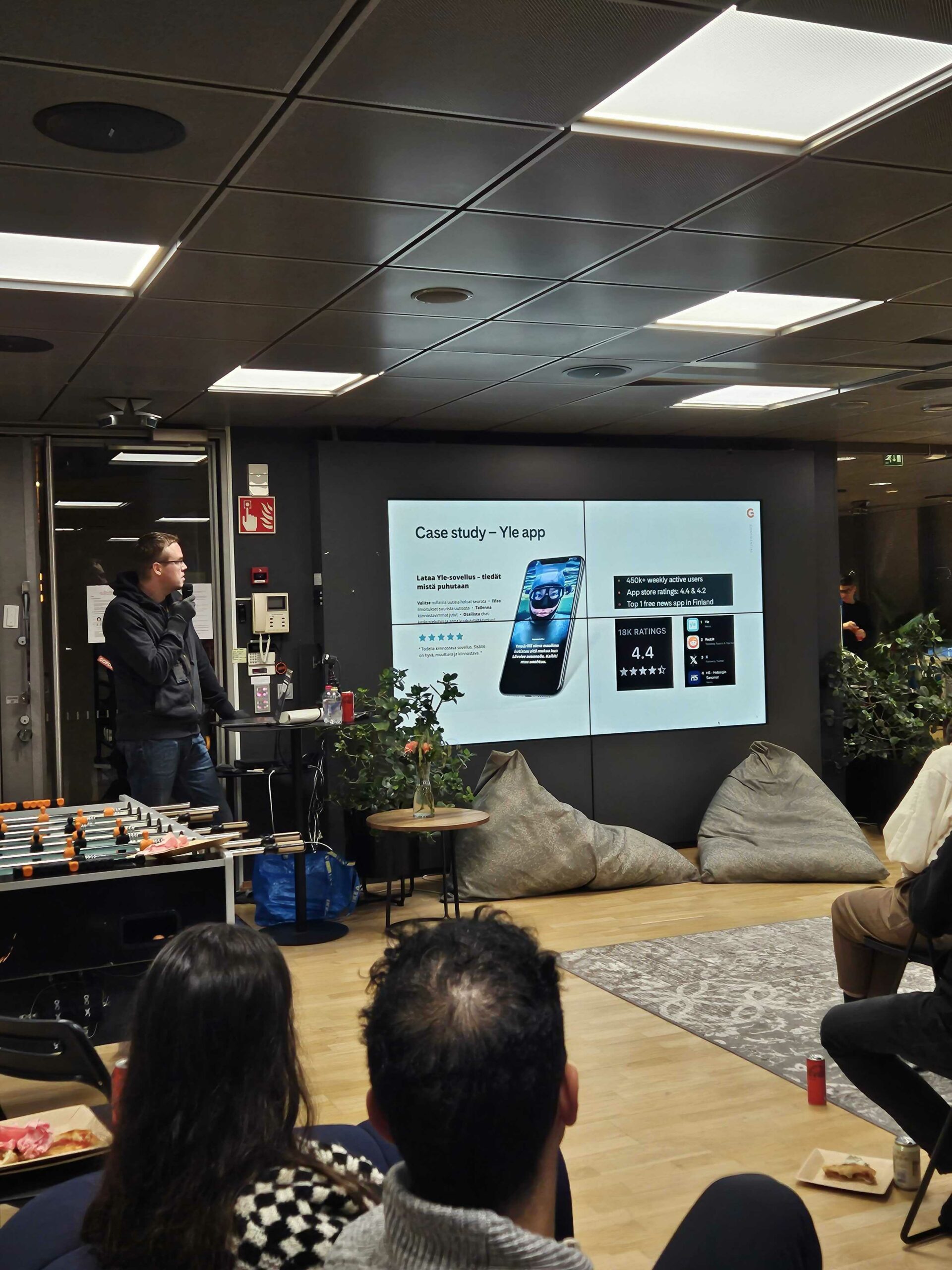 This is a large topic and so needs a large introduction.
This is a large topic and so needs a large introduction.
Essentially, I’m trying to explore what, as designers, we can do to save the planet. We should all know the consequences of climate change by now but to remind you, here are a few headlines from this year:
- The North pole will be ice free in 10 years.
- Soon, there will be more plastic than fish in the ocean.
- Our children probably won’t see any living coral.
- 30% of the world cities will be affected by drought.
Pretty grim for sure, and I wish this was the media exaggerating as usual. Unfortunately, there is no sugar coating these facts. I have experienced the changes in the ocean and coral first hand. I have been to places twice over two years, only to find that every piece of coral has bleached and fish disappeared. There are very important yet simple steps that anyone can take to have a positive impact on the environment. Some of these are:
- Don’t buy things unless you need them. More on minimalism here.
- Cut out meat from your diet, or at least reduce it. This is probably the biggest one. Take a look.
- Cycle instead of driving a car.
- Go for a smaller living space. Some are even considering The Tiny House Movement.
The list can go on forever, but I advise you to go through a more serious list on the WWF website. (hint: it requires contacting political decision-makers to make larger green decisions.)
The next question is:
What can I do as a designer to prevent, or at least slow down climate change?
There are at least 4 things we can start with.
1. The internet
“While we might not be able to stop using the web, we can change how we build and power it, to make it planet friendly as well as user-friendly.” –Planet Friendly Web Guide
The web is the largest machine ever built in the history of mankind with 4.5 Billion users. The scary part is that it’s less than 50 years old. It’s complex, with many moving components. Simply put, however, more data requires more energy. In fact, in 2019, it will emit around 1 billion tons of CO2, that is more than the entire aviation industry.
The internet does pollute, nevertheless, the whole industry as a whole is conscious and is willing to move into a more positive direction. Yet again, start locally, see if you or your client are using green hosting and have optimised your website to be eco-friendly on EcoGrader.
Usually, cloud solutions are more sustainable than traditional data centres. Keep in mind, not all clouds are vaped-out equal. Google, for example, committed to being 100 per cent renewable-powered. Amazon, on the other hand, has only started to take its first steps in the right direction. Click-Green can give you a good insight into your favourite brands and their greenness.
Since we covered most facts and theories about internet pollution, let’s take initiative by taking a deeper dive into Planet Friendly Web. A great open source knowledge library, equipping you with the knowledge you need to make conscious and informed future decisions.
2. Start small, Start in the office.
Digital design is surprisingly taxing on the environment. Sharpies, post-its, laptops, phones, Ipads, pens and lots of coffee. Luckily, we can offset many of those quite easily. I found this simple spreadsheet to calculate your CO2 emissions.
The largest savings can be made on travel, which unfortunately isn’t as easy as cutting back on paper. Clients still need to be met, and users have to be interviewed. Fortunately, most progressive companies are open to remote work. Tools are developing at a rapid pace that makes collaborative design, research and interviewing remotely almost seamless. At Gofore, we use tools such as InVision, Axure and Abstract to allow for remote and asynchronously reviews and version control.
Finally, I have been conducting experiments holding large workshops using tools such as Mural and Mira. They are not flawless, but great, considering that they are in their infancy stages. You are a UX designer with an analytical mind, so you look at the numbers and see that every action you save on doesn’t actually make a difference. Let’s have a look at a global scale. According to LinkedIn, there are about one million UX designers worldwide, that is excluding service, UI, visual and graphic designer. With ease we can save about 3 million tons of CO2, that is more than closing entire coal-fired power-station. Designers are smart and creative, and our power should definitely not be underestimated. Every small action counts. Saving on paper, less travel and black coffee instead of a latte makes a big difference.
3. Greenify your products
Let’s pay attention to where our products meet the users. We as designers are partly responsible for that. The great news is that most of the users are concerned about the environment and are willing to make a positive change. Although, their motivation gets trumped by daily life, old habits and convenience. What we can do as designers is give means and motivation to pull(not push) their actions into positives ones towards the environments. We can ask some questions to determine if we are on the right track:
- Is this helping or harming the environment? (a simple question that might require extensive research)
- What are we making?
- If what we are making has no sustainable alternative, how can we create the greenest experience with what we have?
Sometimes, solutions are easy and straightforward. When things are physical such as shipping and delivery, we can promote greener delivery options. Holiday booking apps/sites can offer means to offset the users’ carbon footprint etc. Most of what we design on the other hand is intangible and that makes it sustainable design thinking harder. Luckily with a designer’s brain, nothing is impossible
Asking users to go green is tricky. By asking users to go green, you are most likely asking them to sacrifice time, convenience or money. Design With Intent gives a good set of persuasion methods, I don’t agree with all of them as some contain dark patterns. If deemed effective however in actually saving our planet, I would explore “green patterns”. For example, choosing the more environmentally option by default for the user.
4. Size does matter, the smaller the better.
We are seeing banners growing larger, hero images taking the entire screens, video for visual appeal with no other function and more. This is harmful in some ways, starting from the digital divide. We are designing products to be used worldwide. Part of our design duty is to care about the user experience (people) worldwide, users in Bangalore with 0.5mb/s internet speed should have the same experience as the people in Helsinki. As from the planet’s point of view, more data means more fossil fuels. Websites are only increasing in size. From 500kb in 2011 to 4000kb in 2019. The majority of this lies with us, the designers. Modern sites and applications use web fonts, multiple JS libraries, high-resolution images, and videos, maybe adding a better visual experience, but definitely a more data-intensive and thus harmful experience for the planet.
Let’s not rely on internet speeds getting higher and work on making our products more lightweight. Also, research has shown that a faster user experience correlates with better conversions and higher user satisfaction. Take a look at the winners of the 10k Apart competition. They have achieved interactive and excellent designs whilst using 1/300th of the data of an average page.
Great tools for optimising your designs are, PageSpeed, Kraken.io and Performance Budget.
In conclusion
- Raise awareness through design, educate and guide your users on making the right choices.
- Data over everything. Deconstruct data to find what the right solution is, i.e. beware of greenwashing!
- Shift to green hosting and you could save thousands of KGs in CO2. (Again, beware of Greenwashing)
- Starting with ourselves, as people first, and as designers second.
- Optimising design and code across all mediums.
We are experiencing a revolution in design, it’s being discussed in relation to the world’s largest topics such as diversity and inclusion, digital divide and politics. Sustainability should become an inseparable part of that conversation. This blog merely scratches the surface, and I would be grateful to hear your other ideas on how we can sustain this planet for our children.



